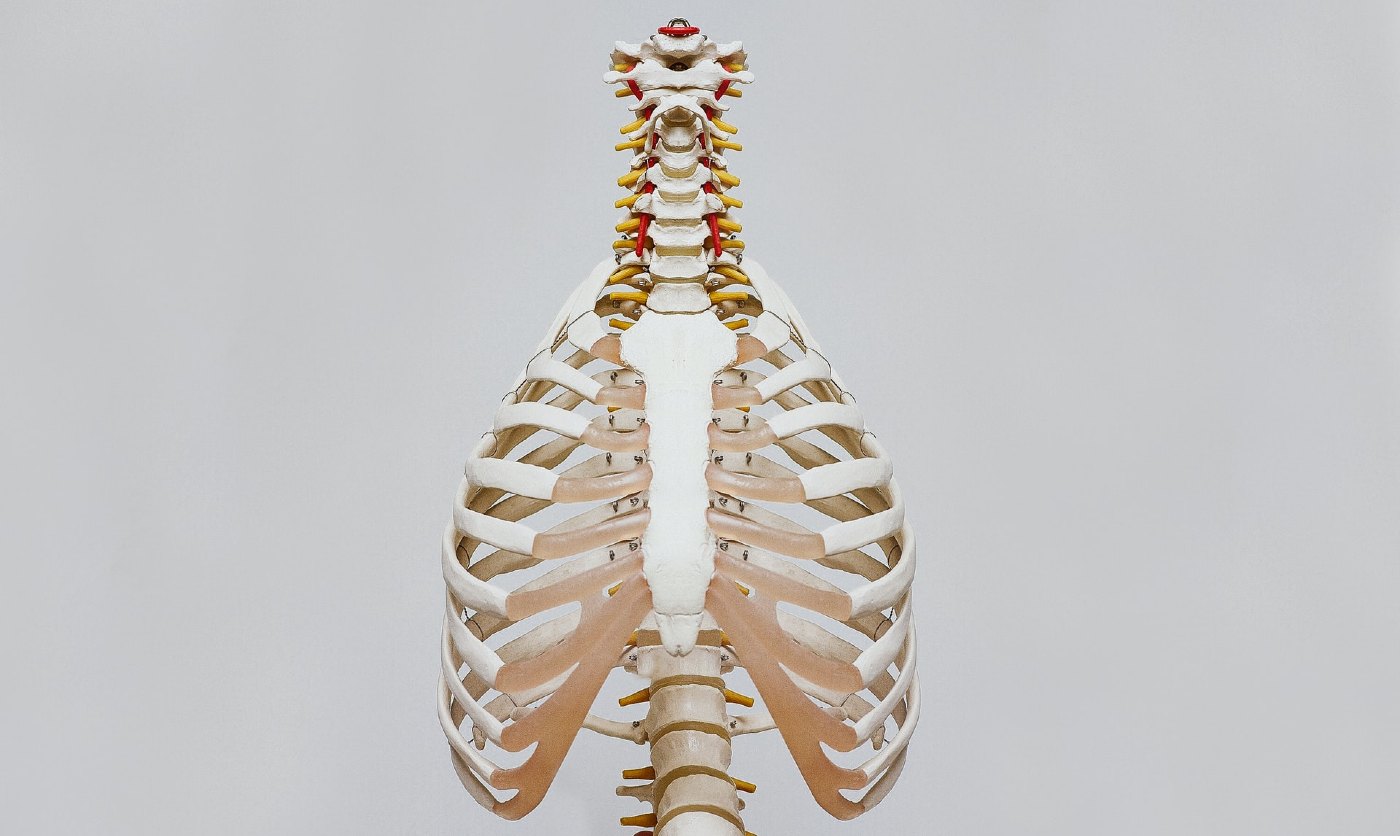Intravenous injection of bone marrow derived stem cells in patients with spinal cord injuries led to significant improvement in motor functions, researchers from Yale University and Japan have reported.
For more than half of the patients studied, substantial improvements in key functions—such as ability to walk, or to use their hands—were observed within weeks of stem cell injection, the researchers report. No substantial side effects were reported.
The patients had sustained non-penetrating spinal cord injuries, in many cases from falls or minor trauma, several weeks prior to implantation of the stem cells. Their symptoms involved loss of motor function and coordination, sensory loss, as well as bowel and bladder dysfunction.
The stem cells were prepared from the patients’ own bone marrow, via a culture protocol that took a few weeks in a specialized cell processing center. The cells were injected intravenously in this series, with each patient serving as their own control. Results were not blinded and there were no placebo controls.
Yale scientists Jeffery D. Kocsis and Stephen G. Waxman were senior authors of the study—which was carried out with investigators at Sapporo Medical University in Japan—with the results published last month in the Journal of Clinical Neurology and Neurosurgery.
Kocsis and Waxman stress that additional studies will be needed to confirm the results of this preliminary, unblinded trial. They also stress that this could take years. Despite the challenges, they remain optimistic.
“Similar results with stem cells in patients with stroke increases our confidence that this approach may be clinically useful,” noted Kocsis. “This clinical study is the culmination of extensive preclinical laboratory work using MSCs between Yale and Sapporo colleagues over many years.”
RELATED: First Treatment for Pain Using Human Stem Cells is a Success; Now Moving Towards Human Trials
“The idea that we may be able to restore function after injury to the brain and spinal cord using the patient’s own stem cells has intrigued us for years,” Waxman said. “Now we have a hint, in humans, that it may be possible.”
Source: YaleNews
YOUR Friends May Be On The Waiting List For Good News—Share on Social Media…





















AWESOME! I hope this research is able to progress without interference and made available to the general population. So Be It!